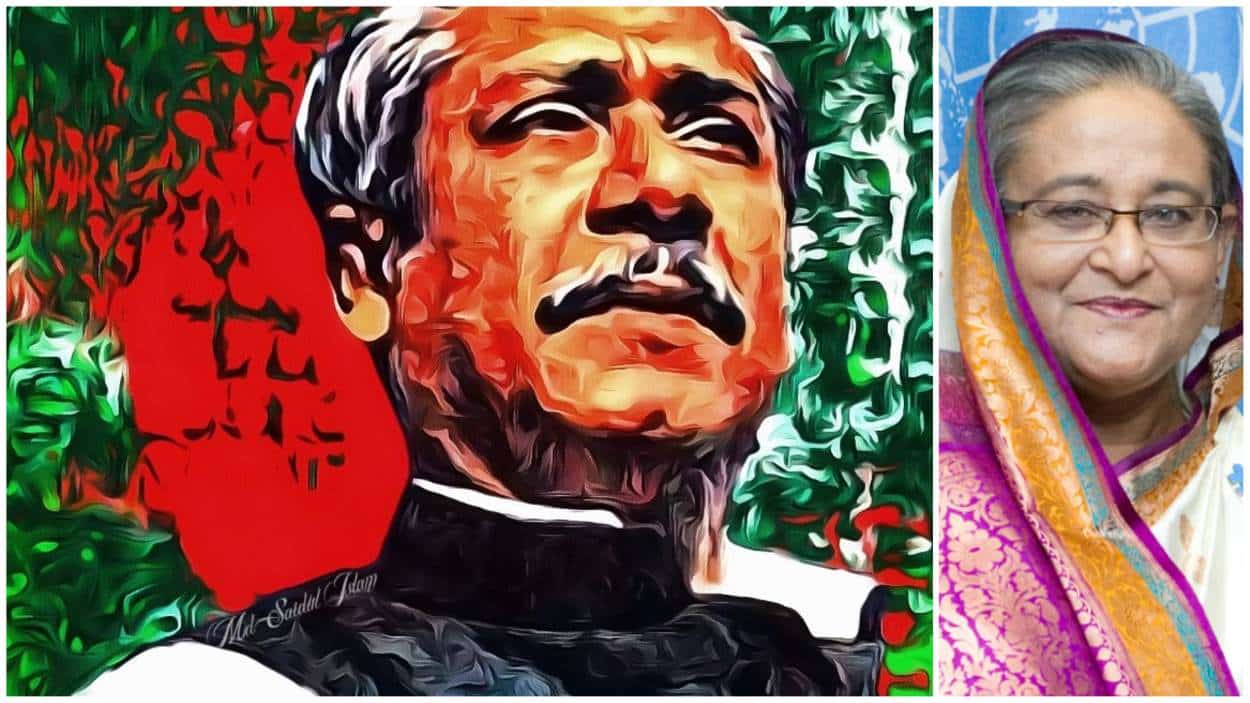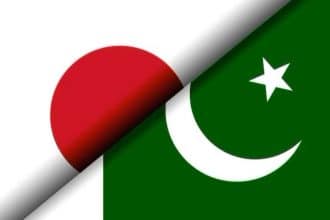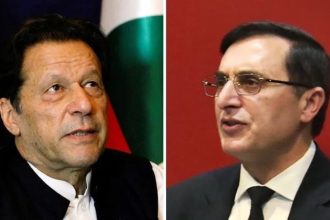Mujibur Rahman’s Rise to Sheikh Hasina’s Fall: A Timeline of Bangladesh’s Leadership
1. Founding and Tragedy (1971-1975)
- Bangladesh declared independence from Pakistan in 1971, spearheaded by Sheikh Mujibur Rahman, its first prime minister.
- Rahman established a one-party state and assumed the presidency in January 1975.
- He and most of his family were assassinated in August 1975, a year marked by political upheaval and coups.
2. Era of Coups (1981-1983)
- Following Rahman’s assassination, General Ziaur Rahman ascended to power but was assassinated in 1981 during a military revolt.
- His vice-president briefly took over until General Hussain Muhammad Ershad staged a bloodless coup in 1982, imposing martial law.
3. Democratic Resurgence (1990)
- General Ershad resigned in 1990 amid mass protests demanding democratic reforms.
- He was arrested and convicted of corruption.
4. Democratic Elections (1991)
- Bangladesh held its first free election in 1991, with the Bangladesh Nationalist Party (BNP) emerging victorious.
- Khaleda Zia, widow of Ziaur Rahman, became the first female prime minister.
- Sheikh Hasina, daughter of Mujibur Rahman, won the 1996 elections with the Awami League, alternating power with the BNP in subsequent years.
5. Recent Developments (2007)
- Amid political turmoil, a state of emergency was declared in 2007.
- An interim military-backed government initiated a significant anti-corruption drive, detaining Hasina and Zia.
The timeline underscores Bangladesh’s tumultuous political landscape, characterized by cycles of military coups, brief democratic interludes, and intense rivalry between leading political families.






